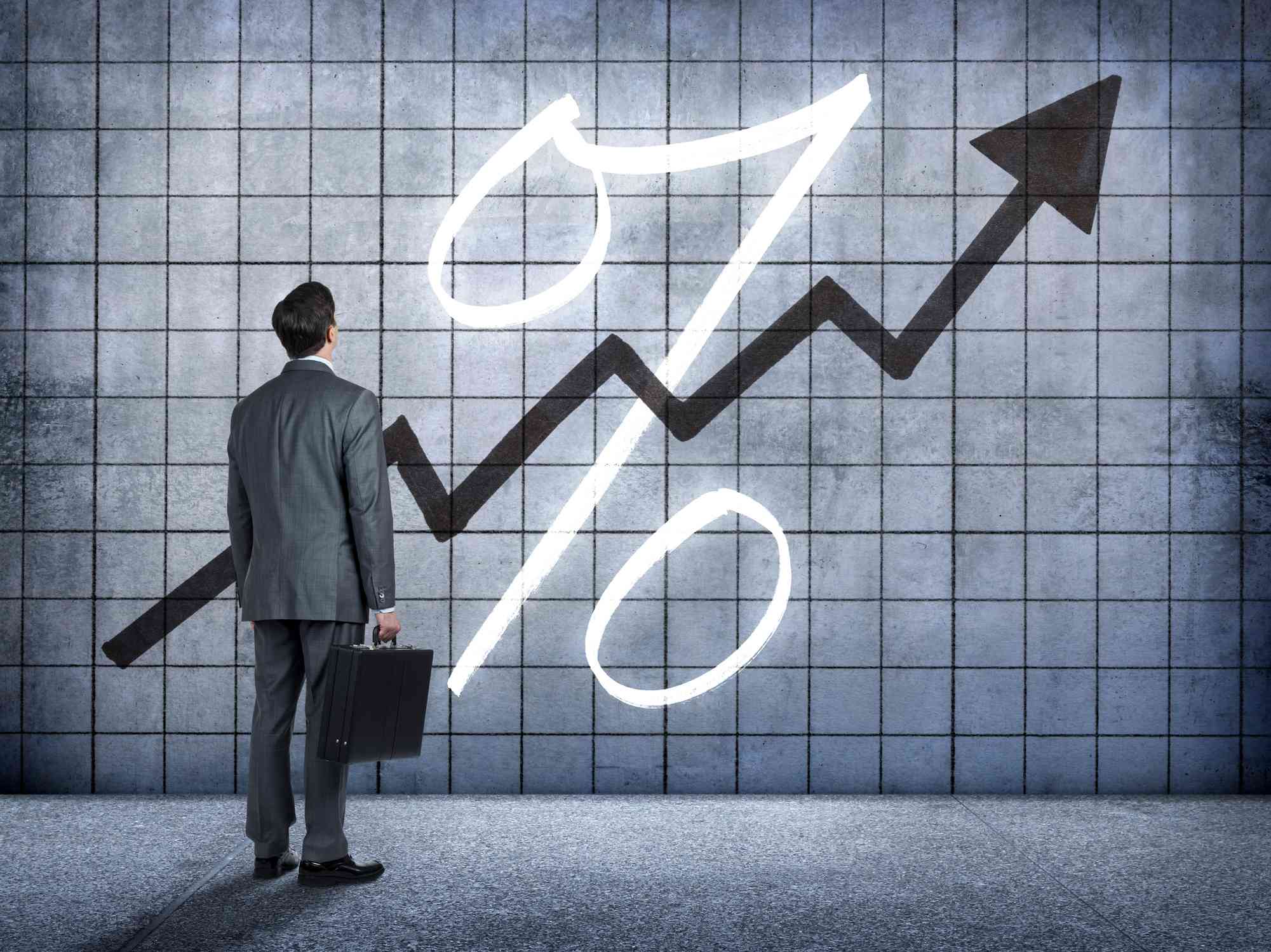How do interest rates affect investment in the economy? This captivating inquiry sets the stage for an exploration into the intricate interplay between monetary policy and economic growth. Delving into the nuances of interest rates, we unravel their profound influence on investment decisions, consumer spending, and the overall trajectory of economies.
Throughout this discourse, we will dissect the role of central banks in orchestrating interest rates, examining their impact on diverse asset classes, and uncovering historical case studies that vividly illustrate the consequences of interest rate fluctuations.
Interest Rates and Investment in the Economy

Interest rates play a significant role in shaping investment decisions and economic growth. This article explores the impact of interest rates on investment, examining how they affect borrowing costs, consumer spending, and business investment.
Impact on Investment Decisions
Interest rates influence the cost of borrowing for businesses and individuals. Higher interest rates make it more expensive to borrow money, which can discourage investment. Businesses may postpone expansion plans or reduce capital expenditures due to increased borrowing costs. Similarly, individuals may delay major purchases, such as buying a home or a car, if interest rates are high.
Relationship with Economic Growth
Interest rates have a direct impact on economic growth. Lower interest rates encourage consumer spending and business investment, leading to increased economic activity. On the other hand, higher interest rates can slow down economic growth by reducing spending and investment.
Role of Central Banks
Central banks play a crucial role in setting interest rates. They use monetary policy tools, such as open market operations, to influence the supply of money in the economy. By adjusting interest rates, central banks aim to manage inflation and maintain economic stability.
Interest rates play a crucial role in shaping investment decisions, as they impact the cost of borrowing and the returns on investments. This can have a direct effect on the level of investment in the economy. However, it is important to note that there are certain risks associated with investing, and it is possible to lose more money than you invest, even in stocks.
Can you lose more money than you invest in stocks ? This is a question that all potential investors should consider before making any investment decisions. By understanding the potential risks and rewards, investors can make informed decisions that align with their financial goals.
Impact on Different Asset Classes
| Asset Class | Impact of Higher Interest Rates |
|---|---|
| Stocks | Negative impact, as higher interest rates reduce the present value of future earnings |
| Bonds | Positive impact, as higher interest rates lead to higher bond yields |
| Real Estate | Mixed impact, as higher interest rates increase borrowing costs but can also reduce housing affordability |
Historical Case Studies, How do interest rates affect investment in the economy
- 1970s:High inflation and interest rates led to a slowdown in economic growth.
- 1990s:Low interest rates contributed to the dot-com boom and economic expansion.
- 2008:The subprime mortgage crisis and subsequent interest rate cuts led to the Great Recession.
Final Thoughts: How Do Interest Rates Affect Investment In The Economy
In conclusion, interest rates serve as a powerful lever, shaping investment decisions, influencing economic growth, and impacting the performance of various asset classes. Central banks, entrusted with the responsibility of managing interest rates, play a pivotal role in fostering economic stability and guiding investment flows.
By understanding the intricate relationship between interest rates and investment, we gain valuable insights into the dynamics that drive economic prosperity.
FAQ
How do interest rates impact borrowing costs?
Interest rates directly influence the cost of borrowing for businesses and individuals. Higher interest rates increase borrowing costs, making it more expensive to finance investments and projects.
How do interest rates affect consumer spending?
Interest rates influence consumer spending by affecting the cost of borrowing for mortgages, auto loans, and other consumer credit. Higher interest rates can discourage borrowing and reduce consumer spending.
What role do central banks play in setting interest rates?
Central banks are responsible for setting interest rates within their respective economies. They use interest rates as a tool to manage inflation, promote economic growth, and maintain financial stability.
